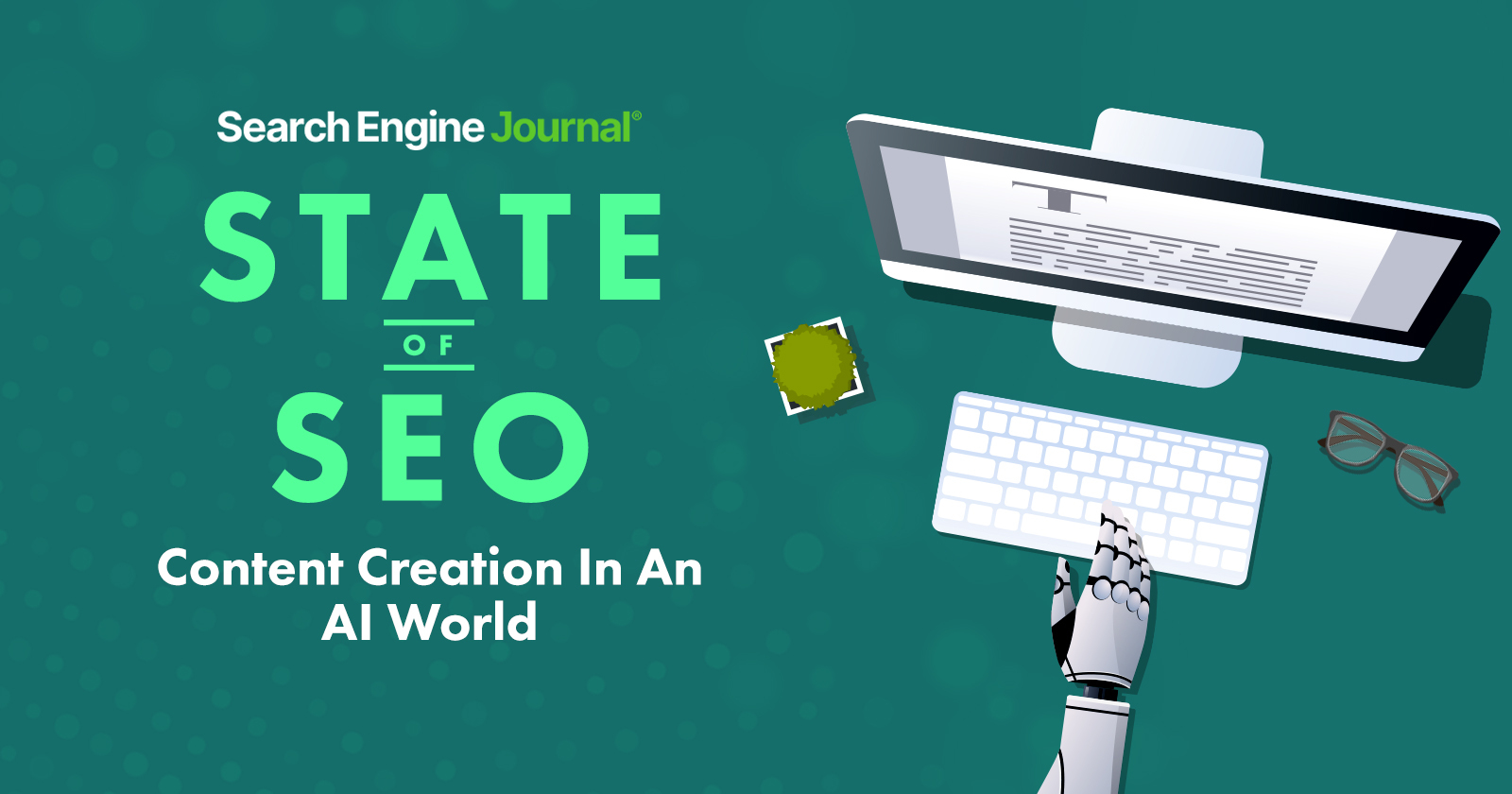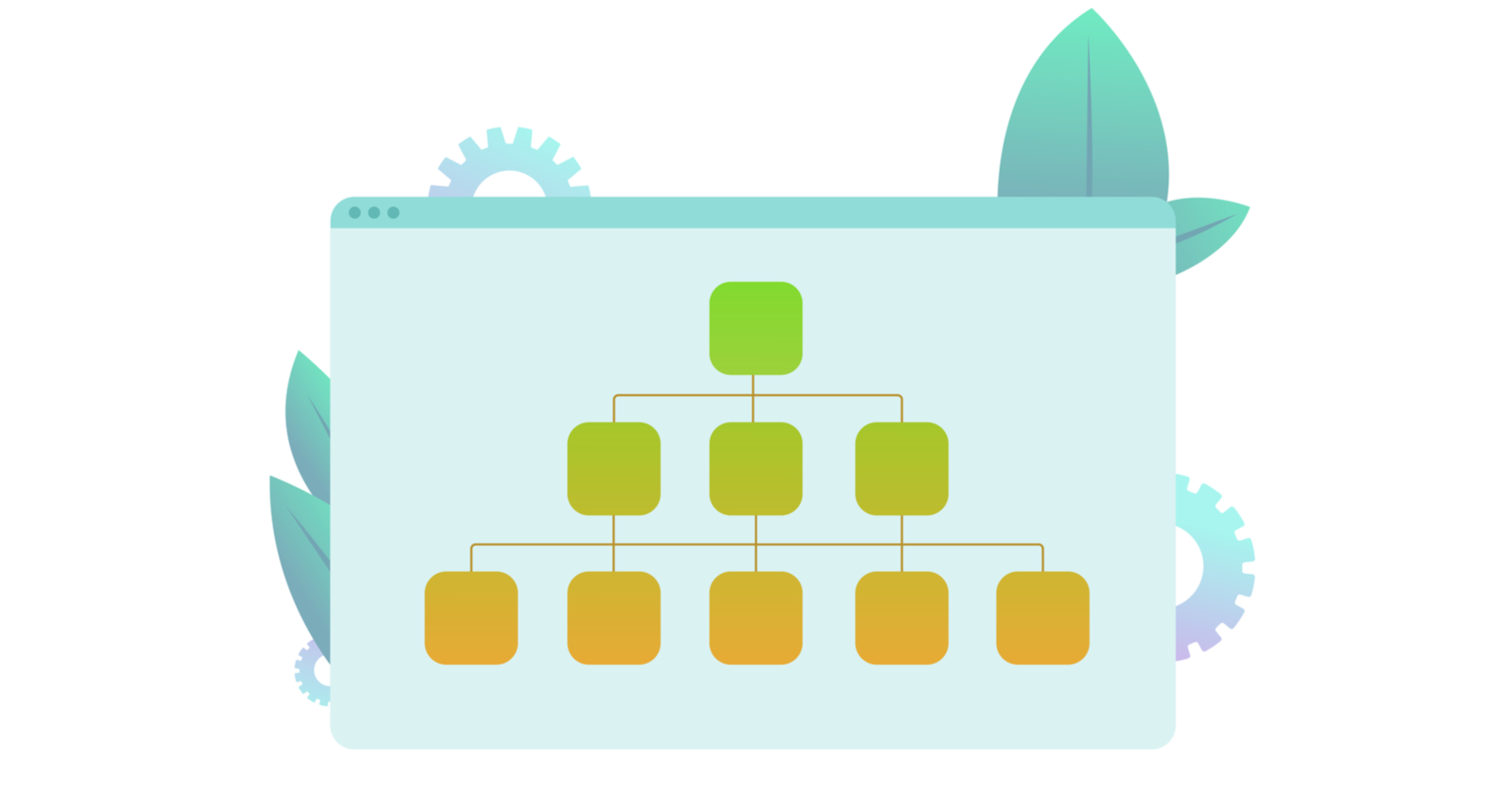Content Creation In An AI World via @sejournal, @annabellenyst
Learn what the industry thinks about the impact of generative AI on content creation and how you can use it to your advantage. The post Content Creation In An AI World appeared first on Search Engine Journal.

We don’t have to tell you that the world of SEO is always evolving. You know that.
While the overarching goal of SEO remains the same, year-over-year, the obstacles and challenges, best practices and tactics, and metrics for success in the industry are often shifting.
So, what are SEO pros most focused on in 2023 and into 2024?
Content creation and strategy.
According to our third annual State Of SEO (SOS) report, content strategy and production have become the most difficult aspect of SEO jobs, the top focus of work for SEO pros, and the most effective overall strategy.
Let’s wrap our heads around that result for a moment: SEO pros say content and content strategy are both the hardest part of their jobs and the most effective strategies they employ.
Generative AI As An SEO Content Solution
It should come as no surprise then, that AI – particularly generative AI – is causing major disruption in the SEO industry.
Over 81% of respondents in our SOS survey said that generative AI has impacted their SEO strategy at least somewhat.
While generative AI has some SEO experts worried about the future of organic traffic, many see it as a powerful tool to help automate the content development and production process.
68% of SEO professionals are looking to automate tasks or use an AI-powered service, according to our SOS report. And plenty are already doing so.
Should you follow them? Likely, yes.
Generative AI offers incredible potential when it comes to content strategy and creation, and it could be a game changer for your SEO productivity.
But it has its limitations, of which you should stay hyper-aware.
And now that your competitors are all using it, standing out from the crowd will be an everyday challenge.
How To Leverage AI Effectively For Content & Content Strategy
Here are some ways to leverage AI to make your content and content strategy processes more efficient without sacrificing quality.
Important reminder: For each of the strategies we cover in this post, we recommend reviewing the generated content for accuracy and editing it to make it unique and authentic to your voice.
1. Repurposing Existing Content
If you’ve got a compelling piece of content, generative AI tools can help you get even more juice out of it.
All it takes is feeding the content to the AI tool and having it present the right information in a new format.
Let’s say you have a new research report that you’d like to promote (like our SOS report!).
Simply copy and paste the report’s contents into a generative AI tool, and ask it to generate a blog article or social media post highlighting the key takeaways.
If you want to be more hands-on but want a little help getting started, ask it to pull out a number of quotes and then provide a bullet-point summary.
Here are some examples of AI tools you can use to repurpose existing content:
OpenAI’s ChatGPT: Maybe you’ve heard of this one? If you’re looking to use AI to boost your content process, ChatGPT is a great starting point. You can present it with your existing content and ask it to generate a summary, a simplification, or even a new angle. This is a great time-saving tool for you if you want to turn a long article into something shorter and engaging. Wavve: If you’ve got a podcast or audio clips that you’d love to leverage on social media, you might want to try Wavve. Wave leverages AI to scan your audio and find the best highlights for you, then creates audiograms with captions and visuals for social. So you get content that’s optimized for social audiences with a fraction of the effort.2. Automated Keyword Research
Did you know you can use AI to automate your keyword research?
AI can analyze a ton of data at one time, so it can be a helpful tool for identifying keywords that fit with your content strategy, and have the search volumes and competition you’re looking for.
Remember, chatbots can’t actually perform keyword research themselves. You need to provide the data. However, the tool can help you work with the data you provide.
Here are some examples of AI tools you can use to help you with your keyword research:
Surfer SEO: This tool uses AI and machine learning to help you save time on researching and grouping keywords. Based on the data you provide, Surfer analyzes huge amounts of data to offer suggestions for things like content ideas tied to keywords, content structure, and topic clusters. INK: Another tool to help you get the best results with more efficiency, INK has dedicated features for both keyword research and keyword clustering. Simply provide it with data like a primary topic, target audience, and audience objective, and INK will give you a downloadable list of related keywords, their volume, trends over time, CPC, difficulty, etc.3. Content Analysis
Why spend time combing through data sets when AI can do it for you?
Imagine you want to analyze the performance of your social media content over the past six months. You can input the raw performance data into an AI tool and have it analyzed for you.
Perhaps you want to see the highest-performing post types in a table format or know which social platform is providing the best return on investment (ROI).
AI can pull out these data points or highlight important trends for you in the blink of an eye.
Here are some examples of AI tools you can use to help you with your content analysis:
Polymer: Sifting through content data and deciding what story to tell – and how to tell it – can be overwhelming. Polymer is an AI-powered tool that gives customers “the power to explore, visualize, and present their data confidently.” It can import data from many different sources, and then help you identify which creative is performing the best and even how to optimize ad budgets. It can also create data visualizations and build custom dashboards for you based on your information.4. Optimizing Your Content
Marketers understand that SEO optimization is key to success – but they don’t always have the time, the resources, or even the knowledge to make it happen.
That’s where AI comes in.
It can analyze a piece of content you’ve already created and suggest how to optimize it for better results. You could ask it to suggest appropriate places for internal links, opportunities to use certain words or ways to rephrase text to better suit a specific audience.
Here are some examples of AI tools you can use to help you with optimizing your content:
Yoast SEO: Yoast is a mega-popular WordPress plugin, and for good reason. With help from AI, Yoast can analyze your content and give you data on readability, keyword usage, and overall SEO optimization – so you can put your best foot forward when it comes to your content. Semrush’s SEO Writing Assistant: If you want to create SEO-optimized content to blow your competition out of the water, this tool can help. It uses AI to analyze your content and give you tips on making copy more SEO-friendly, maintaining a consistent tone of voice, and improving engagement.5. Personalization & Segmentation
Need help with audience segmentation? AI is your friend.
Provide your AI tool of choice with your audience data and the parameters you’re looking for, and it can segment your audience for you.
Then, you can leverage that information to improve your personalization efforts by creating content tailored to your target audience.
Moreover, several AI models can translate content into other languages or modify it for specific audiences.
So, if you want to alter a blog post to speak to people in the UK (rather than the US), you can ask generative AI to help you make it more relevant for that audience.
Here are some examples of AI tools you can use to help you with personalization and segmentation:
Copy.ai: If you’ve ever manually translated something, you know it’s time-consuming and complicated. Copy.ai can translate marketing content from product descriptions to ebooks to ads. By leveraging AI, the tool can help you create translations that are SEO-friendly, optimized for search engines, and consistent with your brand voice – all while considering the nuances of each language. Dynamic Yield: If you want to get the most out of your audience data, Dynamic Yield can help. The tool brings together your customer data from a variety of sources, both digital and offline. From there, it can help you with complex segmentation, audience management, content personalization, targeting, and more – everything you need to optimize the customer experience.AI And Content: How To Stand Out From The Crowd
As we mentioned earlier in the article, an increasing number of marketers are turning to AI for assistance in the content strategy and creation process.
Over time, it will only get harder to rise above the noise of AI content.
So, how can you do that? Here are a few best practices.
Lead With Authenticity
It may seem obvious, but this is too often overlooked. AI can do many things, but it cannot replicate the human touch.
To stand out from the crowd of automated content, focus on bringing authenticity to every piece of content you put out into the world.
Infuse everything you create with unique insights, anecdotes, and personal stories. This is where AI is limited and where you can excel.
Highlight Your Expertise
You’re an expert in your industry or niche and should lean into that.
No matter what kind of content you create, focus on ensuring your knowledge and experience shine through, and position yourself as an authority in that space.
Ensure you’ve identified your specific target audience, and create content specifically for them.
Show them that you have the know-how in that area and that they can come to you for advice and guidance.
Keep Experimenting
With SEO – and marketing in general – it’s important to stay one step ahead of the pack. So be sure to keep experimenting with different content types and formats.
Whether you’re using AI to help with your content process, try your hand at different strategies to see what engages your audience – and then double down on the things that do.
Stay adaptable and push yourself to keep innovating in your content – and keep pushing AI to find new ways it can help you.
In Summary
There’s no question that AI has disrupted the SEO and marketing industries at large – and this is just the beginning.
The good news is that, as yet, most SEO professionals are feeling optimistic about AI’s potential impact.
Among respondents to our SOS report, the majority (72.4%) believe it will help their business either a lot or a little this year.
So, as you approach content and content strategy this year, know this: Generative AI is here to help you automate things.
Focus on maintaining quality in your content and staying one step ahead of the competition, and you just might find yourself with a little extra time in your day!
If you want to see all the first-party data and gain more insight, download the State Of SEO report.
Featured Image: Lightspring/Shutterstock

 ShanonG
ShanonG 
































